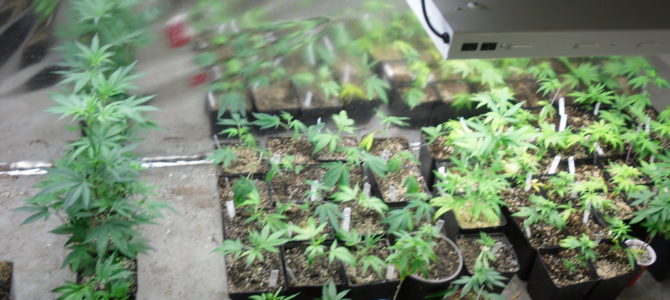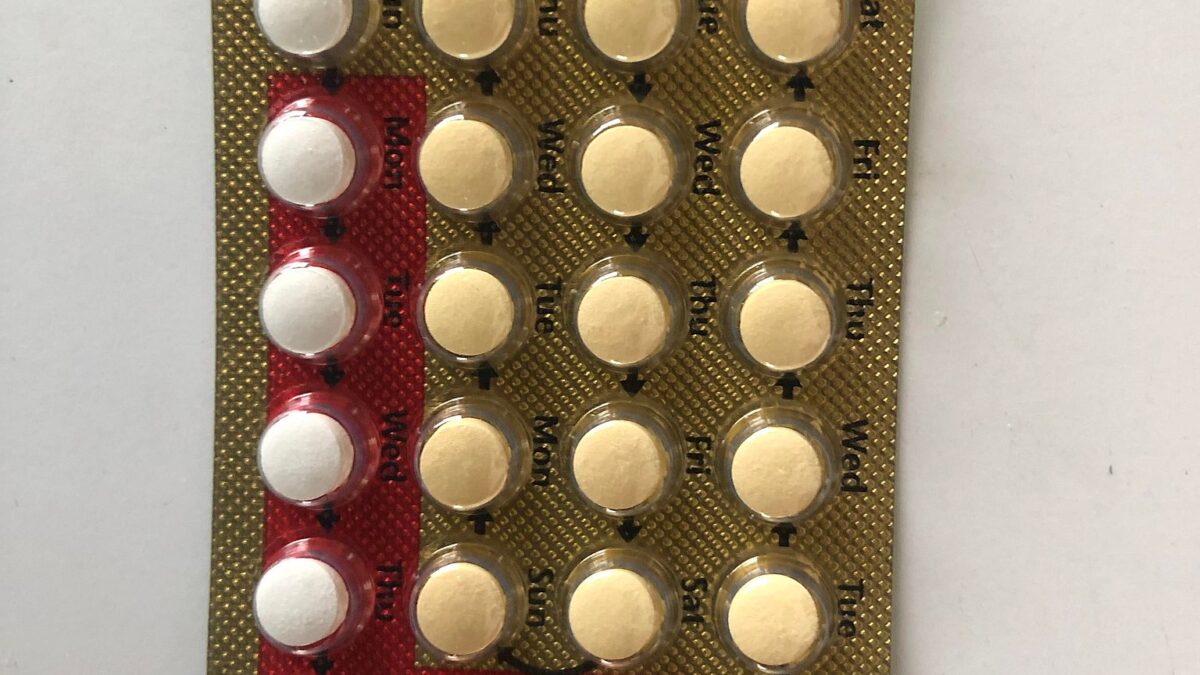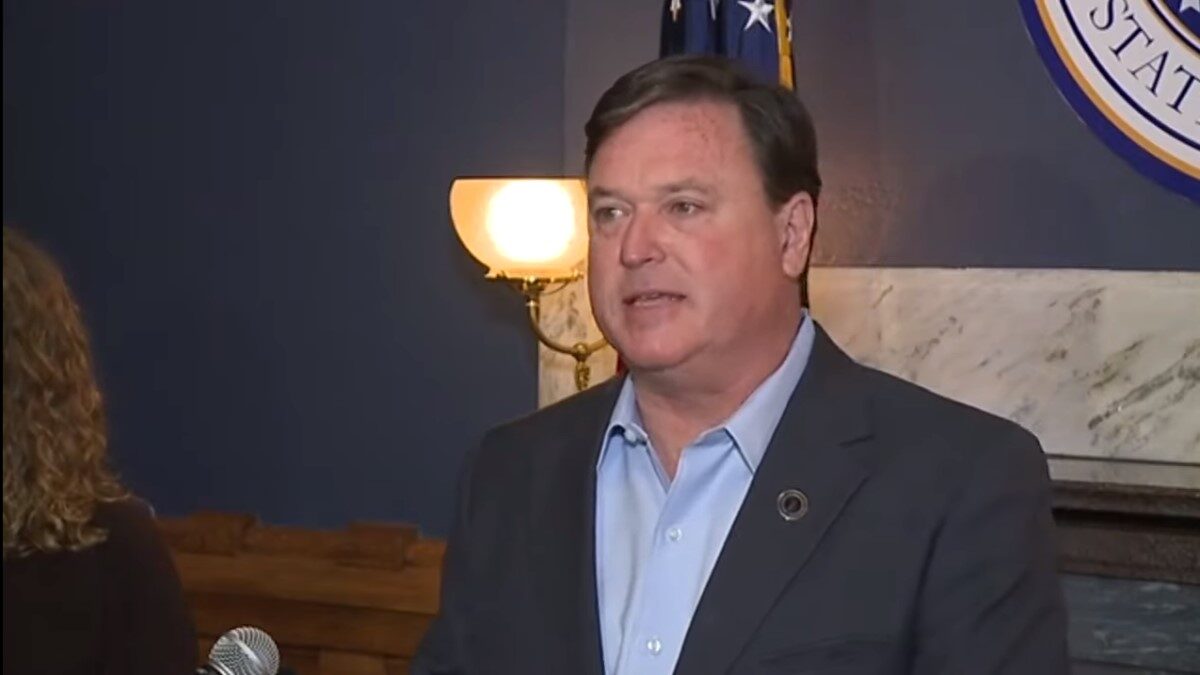
After three years of dragging its feet, the Drug Enforcement Administration (DEA) revealed this week that it is “moving forward to facilitate and expand scientific and medical research for marijuana in the United States.” To do this, the agency publicized it will be accepting and reviewing applications from marijuana growers who would like their products to be used for scientific and medical research.
This builds on public commitments to end the University of Mississippi’s 50-year monopoly as the country’s only approved grower. That monopoly has resulted in subpar cannabis for testing, and subsequently the United States falling years behind the scientific work of other countries in this regard, including China and Israel.
A Change Of the Guard
As attorney general, Jeff Sessions effectively blocked the DEA from pursuing at least 25 proposals related to growing marijuana for the purposes of medical and scientific research (reportedly 33 applications have been filed since 2016). In contrast, his successor Attorney General William P. Barr said on Monday, “I am pleased that DEA is moving forward with its review of applications for those who seek to grow marijuana legally to support research.”
He mentioned buy-in from other agencies: “The Department of Justice will continue to work with our colleagues at the Department of Health and Human Services and across the administration to improve research opportunities wherever we can.”
Subsequently, Thursday morning, U.S. Surgeon General Jerome Adams and Health and Human Services Secretary Alex Azar held a joint press conference addressing where the Department of Health and Human Services (HHS) stands on the future of medical and scientific research of marijuana in the United States. In an announcement hosted live on Facebook and Twitter, Adams spoke alongside Azar, mental health experts, and pediatric experts largely about the effects of marijuana use on developing brains in adolescents and pregnant mothers.
“This ain’t your mother’s marijuana,” Adams noted while talking about the changes in marijuana potency today compared with marijuana from the past.
In tandem, the surgeon general released an advisory emphasizing the harms of marijuana use in adolescents and pregnant women due to increases in U.S. marijuana use and in THC potency. “There is a false perception that marijuana is not as harmful as other drugs. I want to be very clear: no amount of marijuana use during pregnancy or adolescence is known to be safe,” said Adams.
At the same time, one of the clear calls to action in the surgeon general’s advisory is to push for more research at the local, state, and federal levels. That could become much easier if the DEA really does plan to allow more growers to include their plants in research.
What’s Next?
One unexpected announcement from the press conference was that President Trump will donate one-fourth of his presidential salary ($100,000) to fully fund a digital media campaign focused on the effects of marijuana use in adolescents and pregnant women. Azar noted, “As indicated by President Trump’s generous donation of his salary to support this advisory, the Trump administration is committed to fighting substance abuse of all kinds, and that means continuing research, education, and prevention efforts around the risks of marijuana use.”
He said after having productive conversations with the Department of Justice and the DEA, he believed awareness and education were the next steps for communicating current knowledge about using marijuana, which are mostly its harms. Adams was quick to remind people that as the nation’s doctor his job is to “communicate the science” and protect “our most precious resource, our nation’s children.”
Because 33 states have legalized marijuana in some capacity, the normalization of its use both recreationally and scientifically is unprecedented in America. According to the surgeon general’s advisory released on Thursday, pregnant women use marijuana more than any other illicit drugs, and it’s the third most commonly used substance by adolescents (alcohol and vaping are first and second).
The recently released 2018 National Survey on Drug Use and Health (NSDUH) also showed that marijuana continues to be the most widely used illicit drug. In 2017 alone, approximately 9.2 million youth aged 12-25 reported using marijuana in the past month and 29 percent more young adults aged 18 to 25 started using the substance.
The number of researchers approved to conduct studies with marijuana grew from 384 in 2017 to 542 in 2019, an increase of more than 40 percent, according to the Department of Justice. This suggests the DEA and University of Mississippi are having to significantly increase the supply of marijuana available for research.
Nevertheless, many fear the announcements by DEA and HHS may be too good to be true for the time being. Given the years of delays and vague language used in the Federal Register notice, as well as the lack of detail from Azar and Adams, crafting and rolling out new rules for evaluating and overseeing marijuana growers could take some time.
But supply, demand, and scientific research are not the only catalyst for the DEA’s movement. Monday’s announcement came just two days before the DEA had to file a court-ordered response to a lawsuit brought by a research institute trying to better understand cannabis for treating post-traumatic stress (PTSD) in combat veterans. The Scottsdale Research Institute sued the DEA earlier in 2019 after their application for cultivating research-grade cannabis— along with all the other applications—went ignored for years.
In the coming weeks and months, more discussion from other heads of federal agencies is expected. There will also be more court-ordered milestones for the DEA as lawsuits take shape for those marijuana growers who have been held in limbo.
But only time will tell if this new commitment by the DEA and HHS will be taken seriously, or if the new research and digital media campaigns have any effect on the nation’s use of marijuana, whether medicinal or not. Either way, the public demonstrations and press engagement by the DEA and HHS signal a shift.









